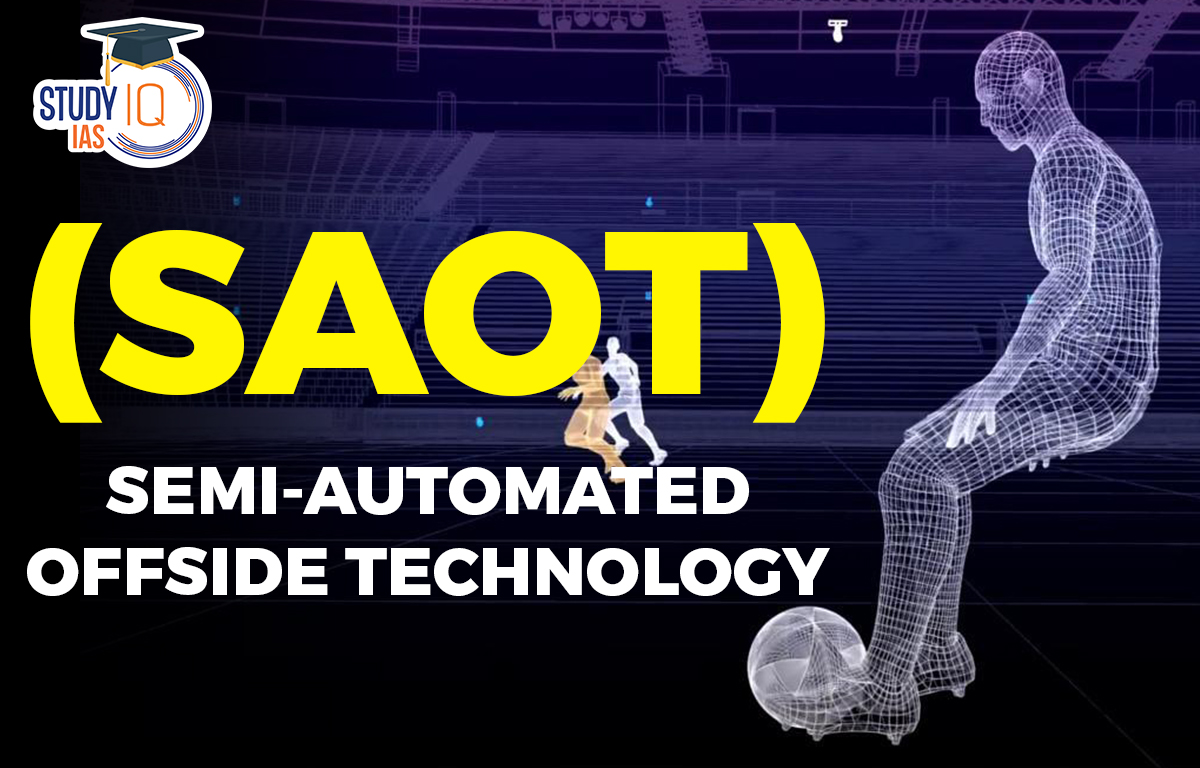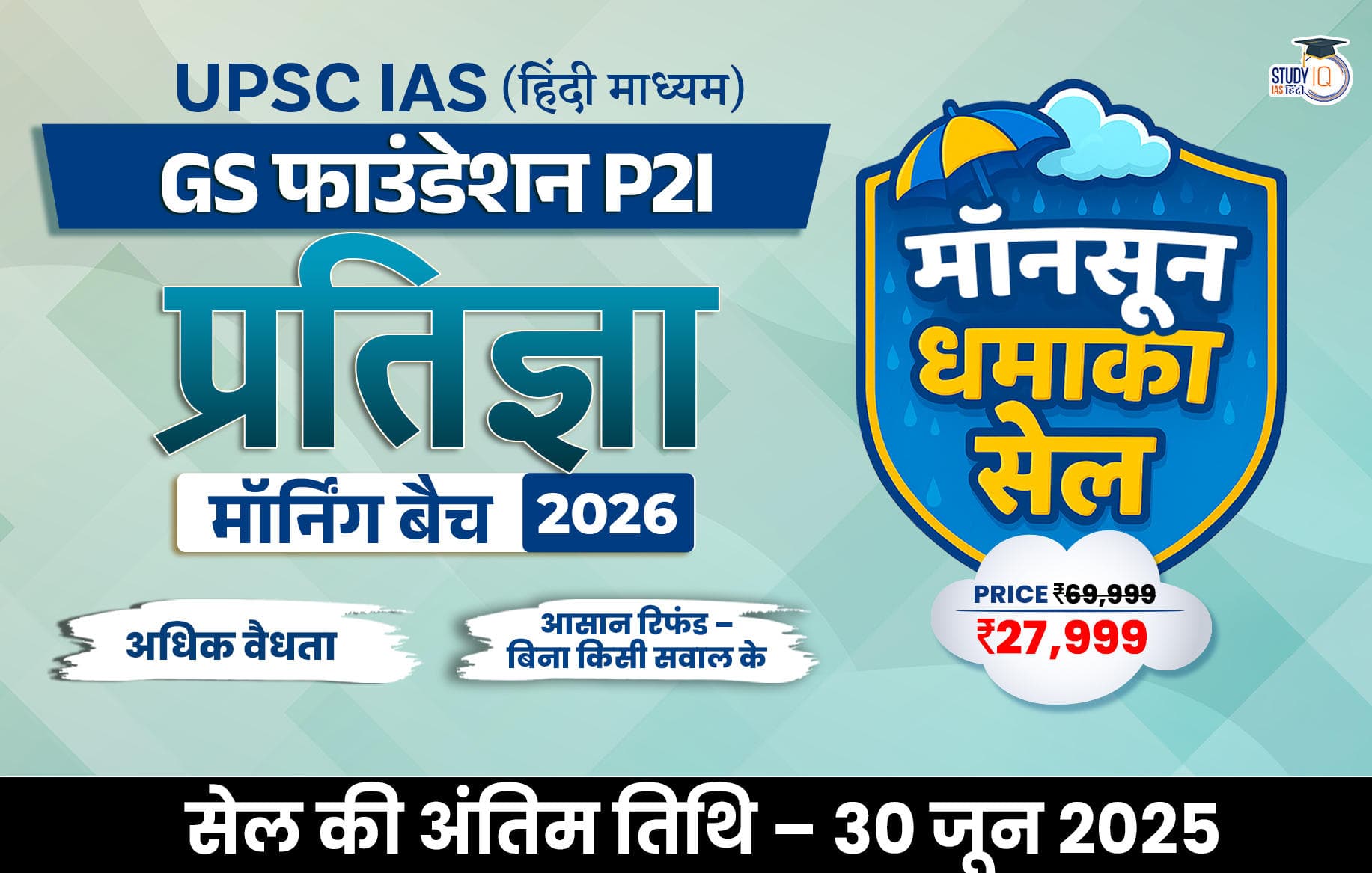Table of Contents
Background of Semi-Automated Offside Technology
Usually tight offiside calls are settled with the help of Video Assistant Referee (VAR) in modern-day football, but it needs multiple replays for a decision to be made.VAR looks at replays, manually determining the point of last contact by the passer, by freezing the frame. Problems: It is impossible to accurately show actual 3D space on a 2D image. Secondly, it is actually quite difficult to determine the exact point of contact for the passer. However, the new Semi-Automated Offside Technology is able to make the decision swiflty without looking at multiple replays.
Off-Side Position
- Offside rule prevents an attacking player from entering the space between the final defensive player (most often the goalkeeper) and the rest of the defence before the ball is played.
- If a player is found in an offside position, the attacking team loses the ball and concedes a free-kick from the point where the attacking player was deemed to be offside.
- Objective: The objective of the offside rule is to prevent attacking players from perpetually camping in front of the opponent’s goal.
- This would have allowed attacking team to push as many players as possible into the opponent’s area and continuously pass long balls to them.
- The game of football would not be able to balance defence and offence play without offside rule.
Semi-Automated Offside Technology (SAOT)
- Components: The SAOT works on two components– a sensor inside the match ball (Adidas’s Al Rihla) that is held using suspension technology, and existing player tracking tools that are part of the VAR system.
- Working: The small in-ball device provides a precise positional data and also detects ball movement in a three-dimensional space.
- Every time the ball is touched, data is sent in real time (at a whopping 500 frames per second) to a network of antennae set up around the playing field.
- The 12 Hawk-Eye cameras set up around the turf track both the ball and the players, with as many as 29 separate points in the human body tracked.
- Both the data sets are run through artificial intelligence software which provides automated alerts to the match officials whenever a player is in offside position.
- Human role in flagging offside: Officials have made it clear that SAOT is only a confirmatory tool and the final decision always belongs to the match officials.
Accuracy of SAOT
- The data transmission rate from the ball (500 frames per second or 500Hz) makes the process significantly accurate.
- A Precision Time Protocol clock is used to synchronise the data from the ball sensor and Hawk-Eye. The precision is up to one-millionth of a second.
Concerns Associated with the SAOT Technology
- Normal and passive off-side: The technology is not full proof and there will be some subjectivity when judging normal and passive offide.
- In normal offside, a player is flagged because of active involvement irrespective of whether he touches the ball.
- In passive offside, a player is not flagged despite being in an offside position if he does not touch the ball.
- Misuse of tracker data: It is expected that tracker data will be used by coaches for tactical analyses and gauging individual performances.
- SAOT is expected to help statistical thinking and data mining in football.


 UPPSC Previous Year Question Papers, Dow...
UPPSC Previous Year Question Papers, Dow...
 Most Commonly Used Cancer Drugs and Thei...
Most Commonly Used Cancer Drugs and Thei...
 Tansen Biography, Musical Legacy and Mas...
Tansen Biography, Musical Legacy and Mas...





















